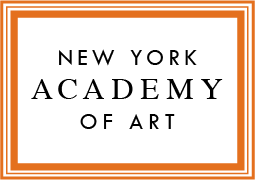Thomas Dyja
In the 70s, urbanist Holly Whyte filmed New Yorkers in public spaces to study where they liked to sit, the paths they walked, what drew them to one place and not another; he especially enjoyed when they formed little circles in the sidewalk, happily schmoozing amid the bustle. Whyte’s belief in our fundamental goodwill and eagerness to be with each other helped pull New York out of its Fiscal Crisis era of shuttered stores and dark, empty streets, when New Yorkers hid inside their apartments. The New York we’d come to know over the last decades, lit up at all hours, crowds flowing through its streets like a river, was built not just on his data, but on his trust and optimism.
So it’s bitter now to think that the same things that lifted the city over and over again the last forty years—that trust, that urge to be with each other—are what spread the virus that killed 17,000 of our neighbors and put us all in our caves. Peeking out our heads and squinting into the sunlight, we step out now into a New York where schmoozing is all but illegal and a crowd roaring for a beat drop or an Aaron Judge home run is our new nostalgia.
But we’re also stepping out, marching out, into a city of broken windows and hidden badge numbers, where a good run on Wall Street can’t shove brutality and anger off the front page anymore, and we have to face another, even more bitter truth. Those safe streets and green parks where we loved to schmooze came in no small degree from demanding that others be worthy of our trust. And then, whenever police harassed and beat them into submission, we turned away.
New York will survive. Its future will be a daily process of rebuilding practical trust from behind masks, from a distance, and with lots of risks.
This time, though, we are the ones who will have to prove we can be trusted.
Thomas Dyja’s next book: New York, New York, New York: How the City Changed from Koch to Bloomberg will be published by Simon & Schuster, in spring 2021
